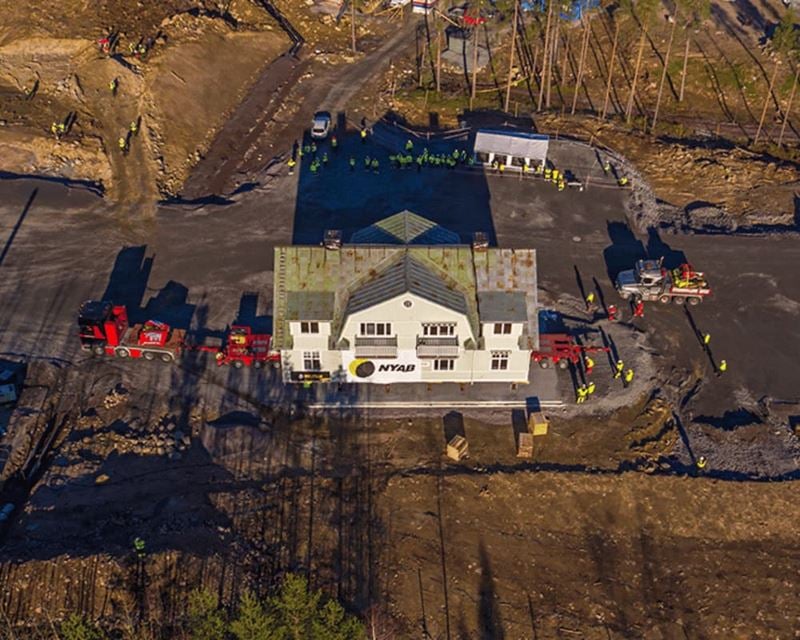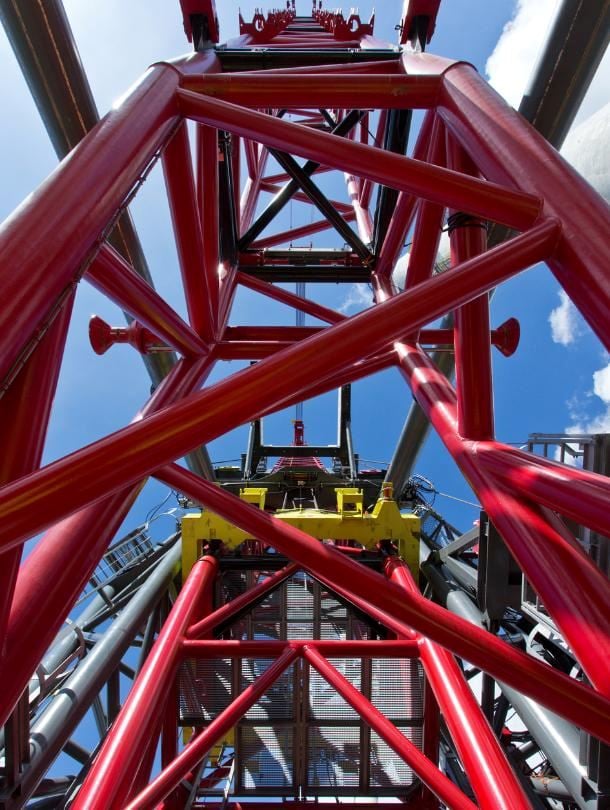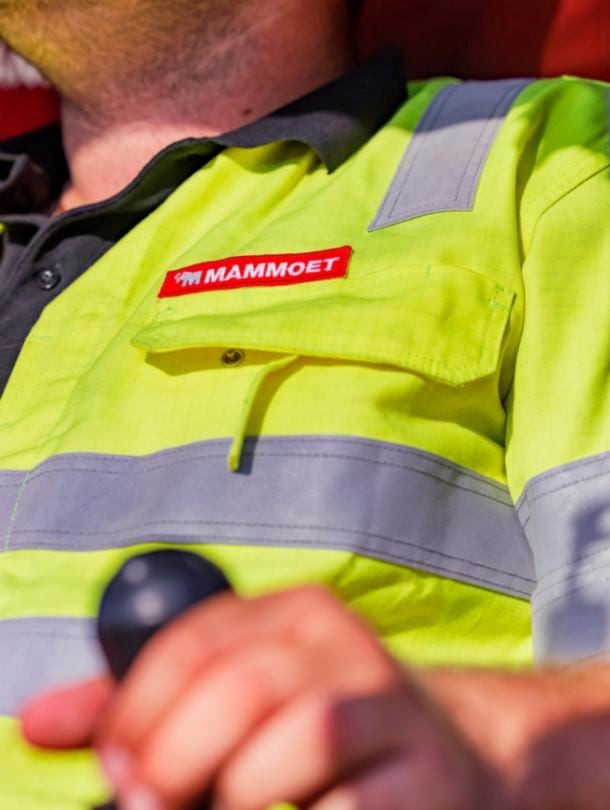
Sector:
Civil Engineering
Expertise:
Heavy transport
Benefits:
Protected infrastructure
Optimized schedule
Location:
Sweden
Mammoet completed the first part of this project ahead of schedule one day before the first snow started to fall.
Mammoet finished moving the first houses from the Swedish city of Gällivare to nearby Koskullskulle. Gällivare has been built on iron deposits and the houses in the city have to make way for a mine. Because many of these houses are of high cultural value, the governmental mining company wanted to move them in one piece.
Preparations have been going on for several months. Mammoet’s subcontractor Nylundh has been digging out the soil from underneath the houses since June. Once Nylundh has dug out and fortified each house, it is lowered onto Mammoet’s transportation equipment.
Mammoet used 2 prime movers and 18 axles of conventional trailers to transport each of the houses across approximately 7 km to their new destination. The houses vary in size, with a weight ranging between 45 and 220 tons, the biggest one measuring 25 meters in length, 12 meters in width, and 13.3 meters in height. The houses that have been moved will now be renovated.
Once the houses are habitable again, the families living in the second set of houses to be moved will be housed there. In total, Mammoet will be moving 30 houses from Gällivare to Koskullskulle.
All 30 houses have to be at their new location at the end of 2017. Amongst the companies that bid for the job, Mammoet was the only company that could commit to this deadline. Preparations started in June and Mammoet completed the first part of this project ahead of schedule one day before the first snow started to fall, to the great satisfaction of all parties involved.
Most of this was due to the great teamwork between Nylundh, NYAB and Mammoet say Celina Peeters and Roy Högberg of Mammoet. “Our client and our subcontractor have played a big part in making this possible. If the houses were not freed up in the air, we couldn’t transport anything. And if the new foundations hadn’t been ready, we couldn’t put them there. They have done a great job.”




